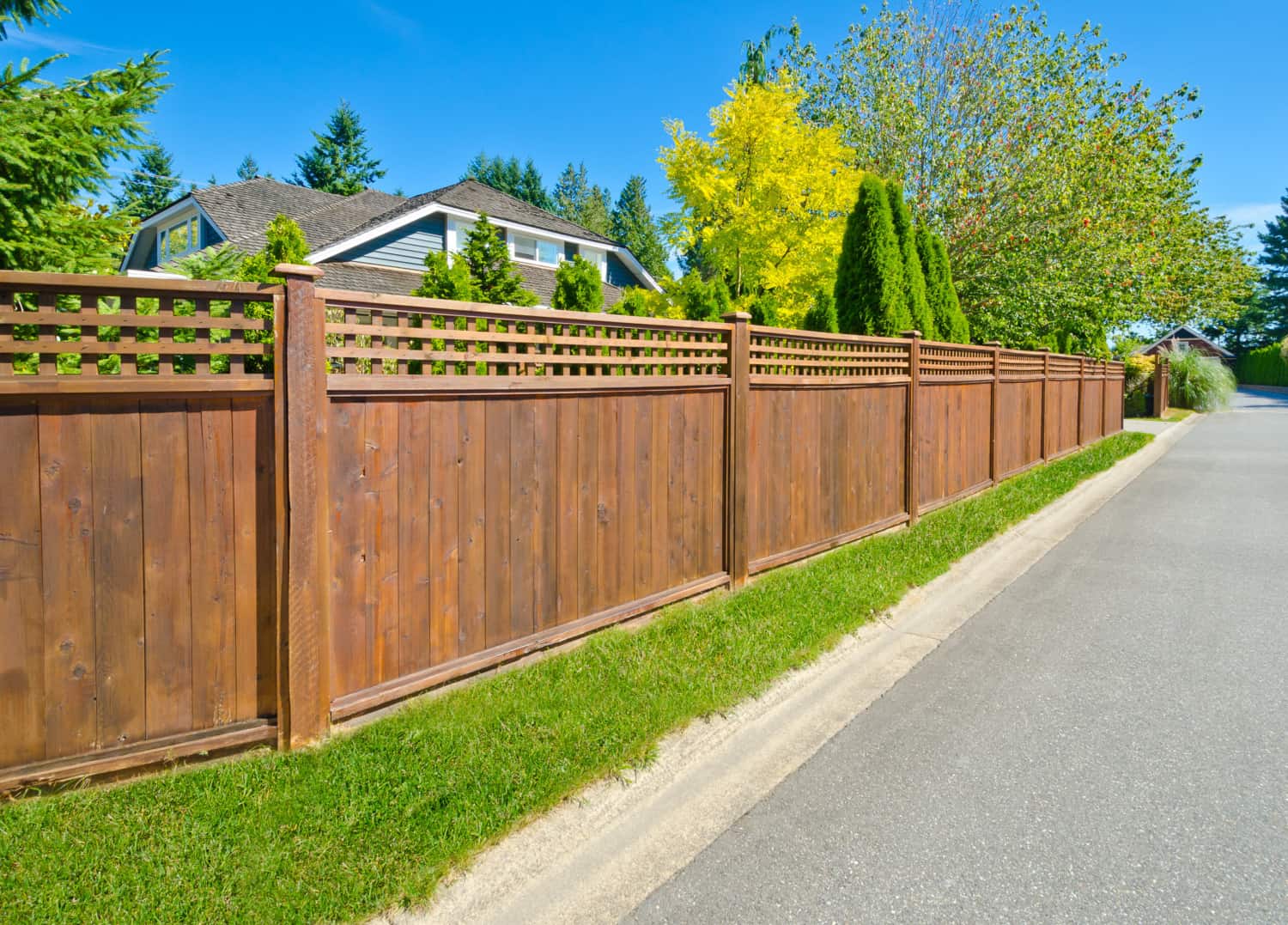All Categories
Featured

As sustainability ends up being a progressively important consideration for house owners, more people are transforming to green fencing materials. Whether you're building a fence for privacy, security, or aesthetic purposes, picking products that lessen ecological influence is a terrific means to add to a much healthier earth. Right here's a check out the top environment-friendly fencing products offered today and their advantages.
- Bamboo Secure Fencing: Renewable and fast-growing. Bamboo is one of the most sustainable fence materials on the market. Unlike typical wood, bamboo is incredibly fast-growing, which suggests it can be collected without diminishing woodlands. This makes it a highly sustainable source, with some varieties maturing to 3 feet in a single day.
Ecological Benefits: Bamboo soaks up much more co2 than many various other plants, helping to counter greenhouse gases. Its rapid growth price means it can be gathered frequently, making it a renewable product. Durability: Bamboo fences are normally immune to parasites and decay, especially when effectively dealt with, minimizing the need for chemical treatments. Visual Charm: Bamboo offers an unique, natural look that enhances both conventional and modern landscaping designs. Nonetheless, while bamboo is a great choice, it is necessary to guarantee that the bamboo utilized is responsibly sourced to stay clear of adding to ecological destruction.
- Recycled Metal Fence: Multiple-use and long lasting. Recycled steel secure fencing, such as aluminum or steel, offers an eco-friendly option to standard timber fencings. These metals are usually made from recycled materials, lowering the demand for new mining and the environmental influence connected with extracting raw materials.

Ecological Advantages: Metals like light weight aluminum and steel are 100% recyclable, suggesting they can be reused and repurposed forever without shedding quality. Longevity: Steel fences are incredibly sturdy, immune to weather, pests, and use, making them a long-lasting option that doesn't require to be replaced regularly. Low Maintenance: Recycled metal fencings call for minimal maintenance and do not require to be painted or sealed on a regular basis, minimizing the need for extra chemicals. The primary downside is that steel fences may not provide the exact same personal privacy as timber or vinyl alternatives, as they can have voids depending upon the style.
- Recycled Wood Secure Fencing: Lasting and Natural. For those that like the timeless appearance of timber yet desire an environment-friendly option, recycled timber secure fencing is an excellent selection. This material is made from reclaimed timber from old buildings, pallets, or perhaps furniture, diverting these materials from land fills.
Environmental Advantages: Using recycled timber prevents the need to reduce new trees, assisting to preserve forests and reduce logging. Visual Appeal: Recycled timber provides a rustic, all-natural look and can be personalized to fit any kind of home design. Sustainability: Because it is sourced from existing wood items, recycled wood does not require brand-new processing, which decreases power intake and carbon exhausts. While recycled timber fencings are an environment-friendly alternative, they may need more upkeep gradually than metal or bamboo fences, as timber can be vulnerable to decay and parasites otherwise correctly dealt with.

- Living Fencings: Natural and Environment-friendly. Living fencings, which are made from dense growings like hedges, trees, or hedges, supply a environment-friendly and entirely natural option to traditional secure fencing materials. These fences not only supply privacy but also enhance your yard with attractive plant.
Environmental Advantages: Living fences can absorb carbon dioxide, provide environment for wild animals, and enhance air top quality. Noise Decrease: Thick plantings can function as natural , lowering website traffic sound or various other unwanted noises. Visual Appeal: They include a soft, all-natural visual to any kind of residential or commercial property and can be customized to fit any kind of layout. While living fencings are environment-friendly, they do require regular maintenance such as pruning, watering, and occasionally pest control.
- Hemp Secure Fencing: Eco-friendly and Solid. Hemp is another lasting product that has made its means into the fence industry. Hemp fences are made from strong hemp fibers that are woven together to develop environmentally friendly and resilient panels.
Environmental Benefits: Hemp expands quickly and calls for very little water, making it a resource-efficient plant. The material is eco-friendly and can be composted when no longer required. Stamina and Longevity: Hemp fence is remarkably solid and weather-resistant, making it ideal for numerous environments. Sustainability: Hemp farming requires fewer pesticides and plant foods than conventional plants, making it an environmentally accountable option. Hemp secure fencing might not be as extensively available as various other products, depending on your location.
Conclusion: Lasting Selections for Every Demand. Selecting green fencing products is a great way to minimize your environmental impact while still achieving the personal privacy, protection, and visual you want. From fast-growing bamboo to recycled timber and steel, there are a variety of sustainable alternatives that can aid you produce a beautiful, functional fence while supporting a healthier earth. By considering elements such as durability, upkeep, and environmental influence, you can pick the most effective environment-friendly fencing product for your needs and way of life.
Latest Posts
Take Advantage of Special Auto Repair Deals in Chicago at Montclare Auto Repair
Published May 31, 25
1 min read
Check Out the Greatest Auto Repair Discounts in Montclare, Chicago
Published May 26, 25
1 min read
Find Out Why Chicago Drivers Select Montclare Auto Repair for Reliable Service and Huge Savings
Published May 25, 25
1 min read
More
Latest Posts
Take Advantage of Special Auto Repair Deals in Chicago at Montclare Auto Repair
Published May 31, 25
1 min read
Check Out the Greatest Auto Repair Discounts in Montclare, Chicago
Published May 26, 25
1 min read
Find Out Why Chicago Drivers Select Montclare Auto Repair for Reliable Service and Huge Savings
Published May 25, 25
1 min read